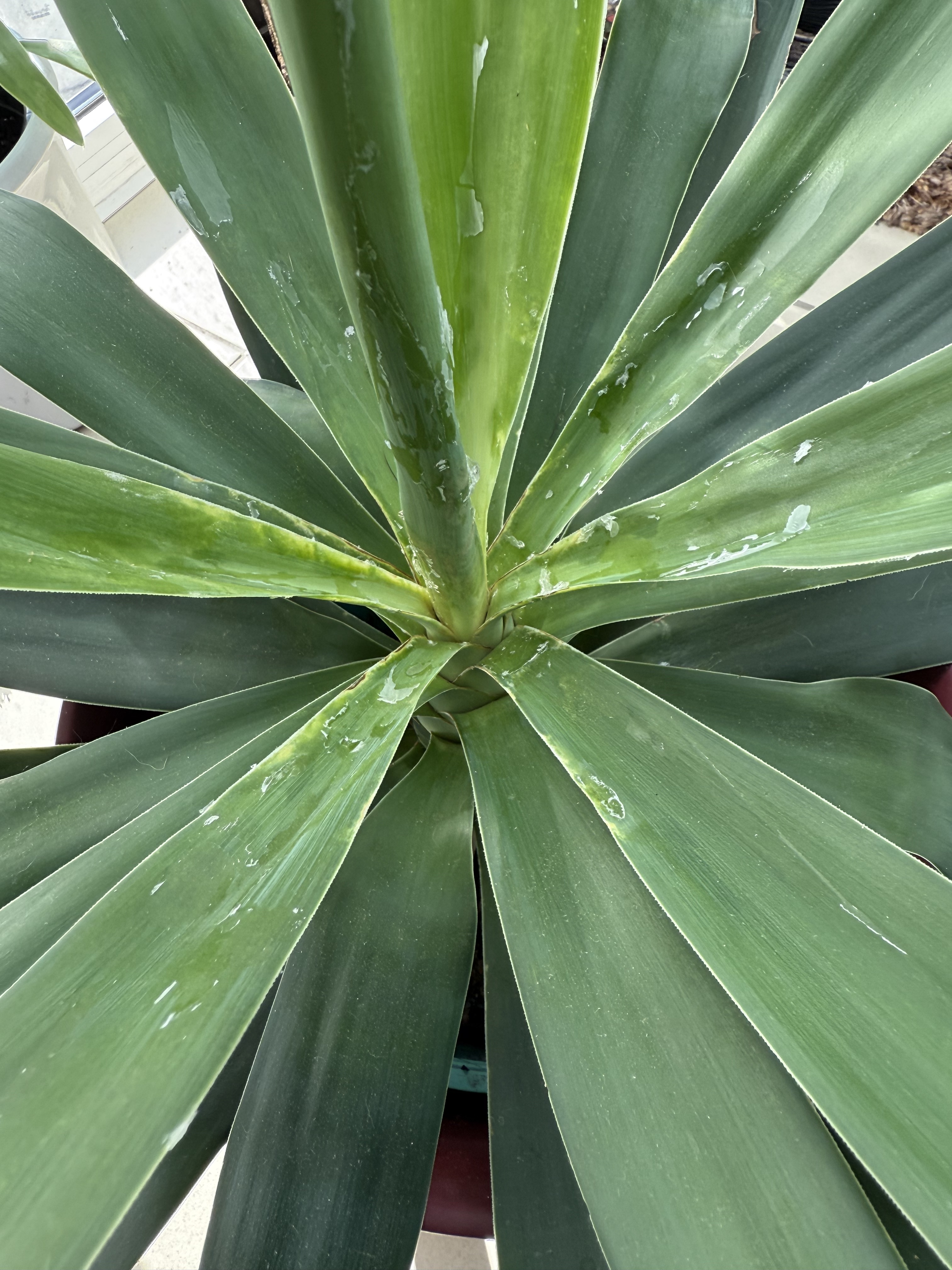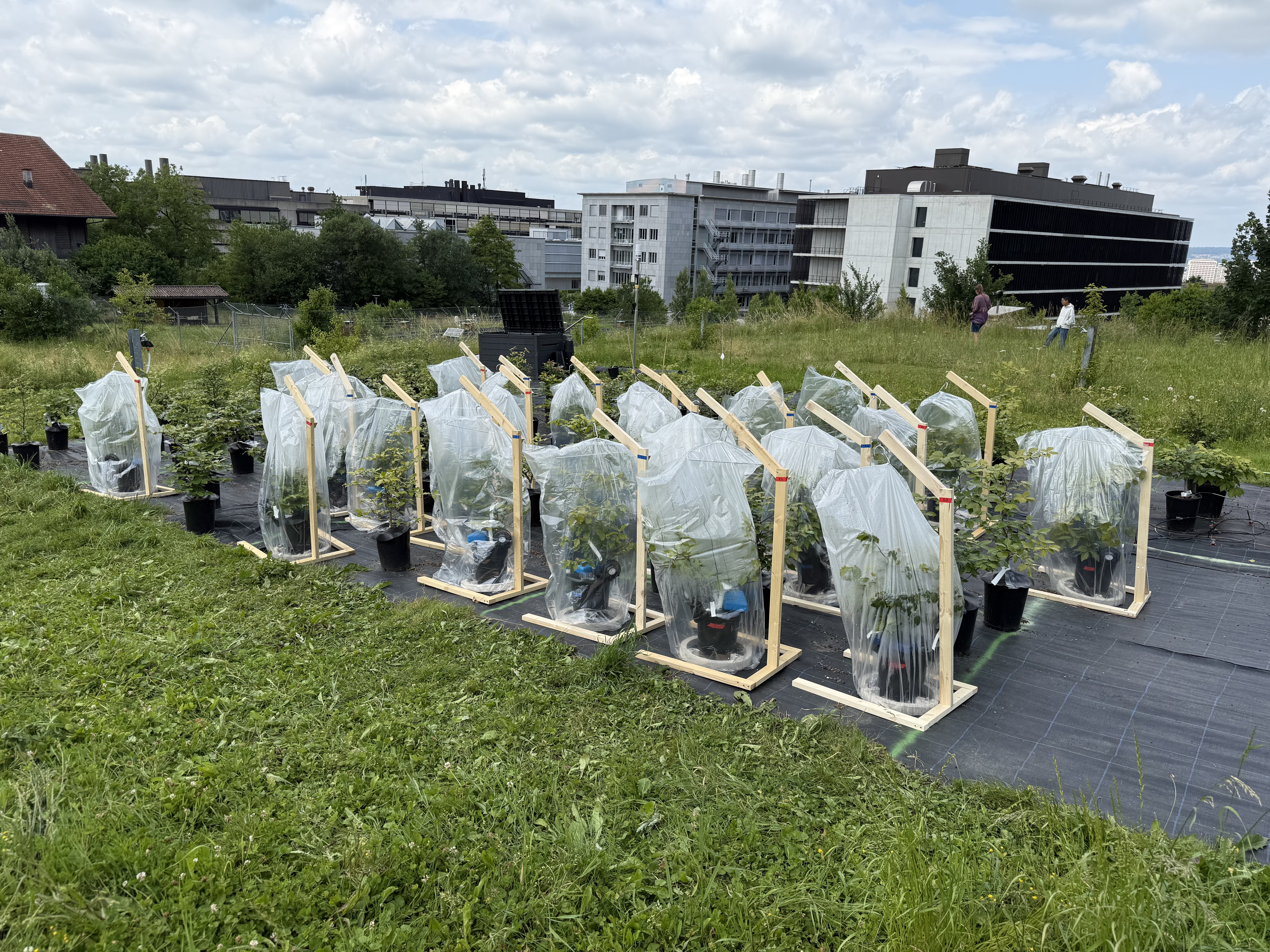The significance of aerosols and volatile organic substances for the incorporation of plant biomass into soil

Soil-plant-systems are thought to be the primary terrestrial carbon reservoirs and actively participate in the global carbon cycle (Chapin III et al., 2009). Appropriate management of the soil-plant system in forestry and agriculture can increase carbon sequestration within these systems, potentially removing a substantial portion of carbon from the atmosphere and furthermore, improving soil fertility (Conant, 2011; Hutchinson et al., 2007; Sedjo and Sohngen, 2012). Therefore, it is essential to understand how carbon is transferred from plants to soils to implement relevant information into global carbon cycle models (Bardgett et al., 2013; Ostle et al., 2009) and, more specifically, also in models quantifying vegetation sources in recent and ancient soils and sediments (Jansen and Wiesenberg, 2017; Thomas et al, in review).
Traditionally, incorporation of plant-derived organic matter into soils has been mainly attributed to litterfall of leaves, needles, and woody tissues (Almeida et al., 2021; Córdova et al., 2018). It was more recently recognized that roots have an important role in carbon sequestration (Poeplau et al., 2021; Poirier et al., 2018). Today, roots are regarded as the effective organs of plant carbon sequestration, as root-derived organic matter is known to incorporate carbon deeper into the soil (Germon et al., 2020) and is more recalcitrant against decomposition than needle- or leaf-derived organic matter (Angst et al., 2020; Hicks Pries et al., 2018). It is assumed that the other part of CO2 assimilated by plants that is not entering the soil is entirely respired or remains in living plant biomass, specifically in trees. However, in addition to root- and leaf-derived organic matter, it is well known that plants continuously emit aerosols (typical size: 0.5-100 µm) and volatiles (size <0.5 µm) through their leaves and needles (Conte et al., 2003; Mentel et al., 2009; Schuman, 2023). These plant aerosols and volatiles consequently contribute to the “dust” that is ubiquitous, but in plant-soil-systems might be a considerable source of transfer for newly fixed plant-derived carbon towards soil organic matter, which is so far understudied.
From a different perspective, the formation of plant volatiles and aerosols is a well well-known strategy of plants to emit different fragrances either as attractants, e.g., of pollinators and other beneficial insects, but also as repellent compounds with defensive functions (Farré-Armengol et al., 2013). Many environmental changes, including different sources of damage and oxidative stress such as drought, but also herbivory, cause distinct changes in the composition and abundance of volatiles released by plants (Bourtsoukidis et al., 2013; Šimpraga et al., 2011; Schuman, 2023). Furthermore, the continuous biosynthesis of waxes helps plants to tolerate environmental stress like drought (Shepherd and Griffiths, 2006; Srivastava et al., 2018), and a part of the waxes are likely released as aerosols during the drought season and thereafter, when less waxes are required to protect the plants against stress (Srivastava et al., 2018). Other authors argue that waxes contribute to aerosols because of abrasion promoted by rubbing of leaves promoted by wind (Conte et al., 2003). Semi-volatile compounds are likely to adhere to surfaces, and terpenoid volatiles across a range of volatilities contribute to atmospheric aerosol formation (Sporre et al., 2019). Irrespective of the actual processes involved, our own previous studies argue that considerable portions of plant volatiles and aerosols enter the soil during the growing season (e.g., Jansen and Wiesenberg, 2017; Speckert et al., 2022; Srivastava et al., 2018), but these studies did not specifically focus on the assessment of this incorporation. Furthermore, we are not aware of any study that attempts to quantify to which extent such plant-derived volatiles and aerosols that contribute a considerable portion of the carbon fixed by plants (Sanaei et al., 2023; Sporre et al., 2019) can contribute to soil organic matter.
Therefore, we formulate our main research questions:
How do plant aerosols and volatiles contribute to deposition of plant-derived carbon into soils?
How is this contribution affected by drought?
We hypothesize that
Aerosols, and plant waxes as major component thereof, considerably contribute to deposition of plant-derived organic matter on soils, while volatiles contribute proportionally to their size (inversely to their volatility) or their contribution to aerosol formation.
Drought causes an increase in short-term deposition through an increase in leaf wax deposition and emission of lower-volatility (semi-volatile) compounds, as well as the potential for aerosol formation.
For our study, we used the common experiment on Irchel campus of UZH, which is consisting of 180 European beech (Fagus sylvatica) saplings. We conducted a multifactorial experiment using beech saplings from multiple provenances and exposed a subset of the saplings from all provenances to 10 days of drought. During this time, a subset of the saplings received a 13CO2 pulse. During the following weeks, we collected leaves, aerosols deposited around the trees and plant volatiles on filters to trace the production of aerosols and plant volatiles and their deposition on the soil.
Project Funding: Foundation for Research in Science and the Humanities at the University of Zurich
